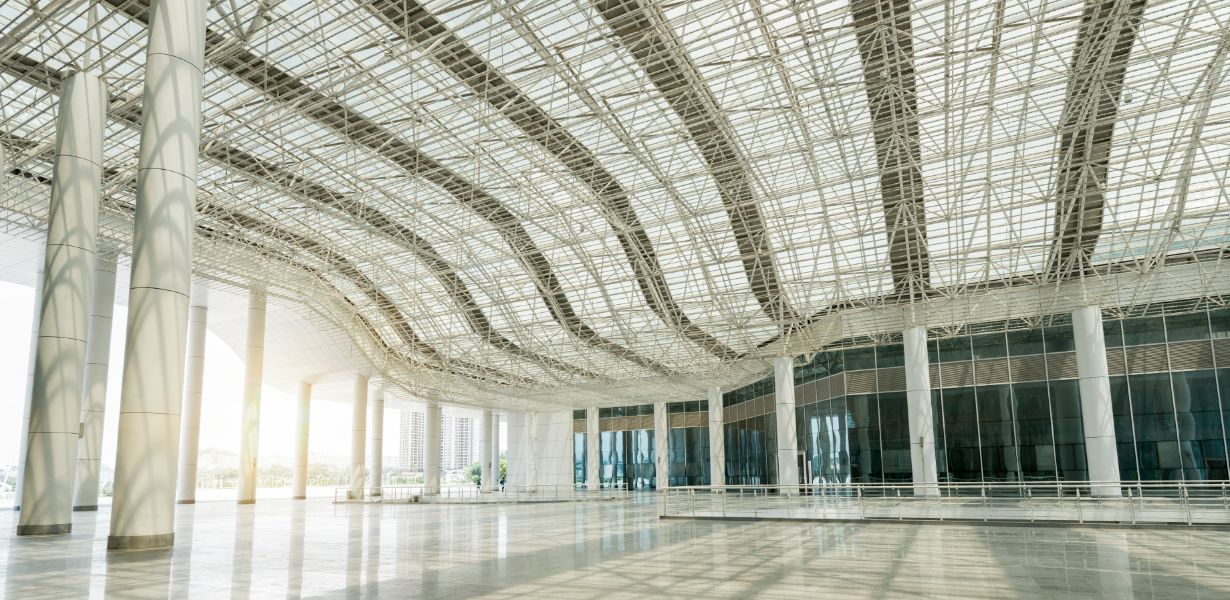
The intersection of technology and urban planning has given rise to the concept of smart cities, where innovation meets sustainability, and efficiency intertwines with modern architecture. In this comprehensive exploration, we delve into the synergy of “Smart Cities” and “Smarter Buildings” – a revolution that promises to redefine the landscape of our urban environments.
Understanding Smart Cities and Smarter Buildings
In this section, we uncover the core principles and definitions of smart cities and smarter buildings. Smart cities are urban centers that leverage technology and data to enhance the quality of life for their citizens. Smarter buildings are integral components of these cities, incorporating cutting-edge technologies for optimized energy consumption, security, and resource management.
The Role of Modern Architecture in Smart Cities
Modern architecture plays a pivotal role in shaping the aesthetics and functionality of smart cities. Architects are now tasked with designing buildings that seamlessly integrate into the urban fabric while accommodating the technology that makes cities smarter. The art of blending form and function takes center stage.
Innovations in Sustainable Infrastructure
Sustainability is at the heart of smart cities and smarter buildings. Green construction practices and energy-efficient designs are transforming urban landscapes. Explore how these innovations are not only eco-friendly but also cost-effective in the long run.
The IoT (Internet of Things) Integration
IoT is the backbone of smart cities. This section dissects how the IoT network connects every aspect of city life, from traffic management to waste disposal, making urban living smoother and more efficient. Modern architecture embraces IoT to make buildings responsive to the needs of their inhabitants.
Security Measures and Privacy Concerns
The integration of technology raises concerns about data security and individual privacy. We'll navigate through the strategies employed by smart cities and smarter buildings to ensure safety while respecting personal boundaries.
Economic Advantages of Smart Cities
Smart cities are not just about tech-savvy infrastructure. They offer economic benefits through increased productivity, job opportunities, and improved quality of life. Learn how these cities attract investments and foster sustainable economic growth.
Human-Centric Design in Smarter Buildings
The focus shifts to the importance of human-centric design in the creation of smarter buildings. We'll explore how architects incorporate user comfort and well-being into their designs, enhancing the overall urban experience.
Challenges in the Implementation of Smart Cities
No transformation is without its challenges. This section addresses the obstacles that smart cities face, from the high cost of technology integration to the need for efficient urban planning and public acceptance.
Case Studies: Smart Cities in Action
Real-world examples provide insights into how smart cities are changing the way we live. From Singapore's sustainable skyscrapers to Barcelona's efficient transport system, these case studies illustrate the impact of smart city initiatives.
Future Trends and Opportunities
In this section, we look ahead to the future of smart cities and smarter buildings. We'll discuss emerging trends and opportunities, such as AI-driven city management and the role of augmented reality in urban planning.
Final Words
Smart cities and smarter buildings are more than just a vision of the future. They are a testament to human ingenuity and the desire to create sustainable, efficient, and interconnected urban environments. As modern architecture and technology continue to evolve, we can expect our cities to do the same. The fusion of innovation and urban living is an exciting journey that promises a brighter, more connected future.
Commonly Asked Questions
1. How do smart cities improve energy efficiency?
Smart cities utilize sensor technology to monitor and optimize energy consumption in buildings, street lighting, and transportation systems, leading to significant energy savings.
2. What are the key components of a smarter building?
Smarter buildings incorporate features like automated climate control, advanced security systems, and IoT integration for efficient resource management.
3. How do smart cities address environmental concerns?
Smart cities implement eco-friendly practices such as green spaces, sustainable transportation, and waste reduction programs to mitigate their environmental impact.
4. Are smart cities economically sustainable in the long term?
Yes, smart cities can be economically sustainable by attracting investments, creating jobs, and improving overall quality of life, which leads to long-term economic growth.
5. What is the role of modern architecture in smart city development?
Modern architecture in smart cities focuses on designing buildings that are both aesthetically pleasing and technologically advanced, integrating them seamlessly into the urban landscape.





